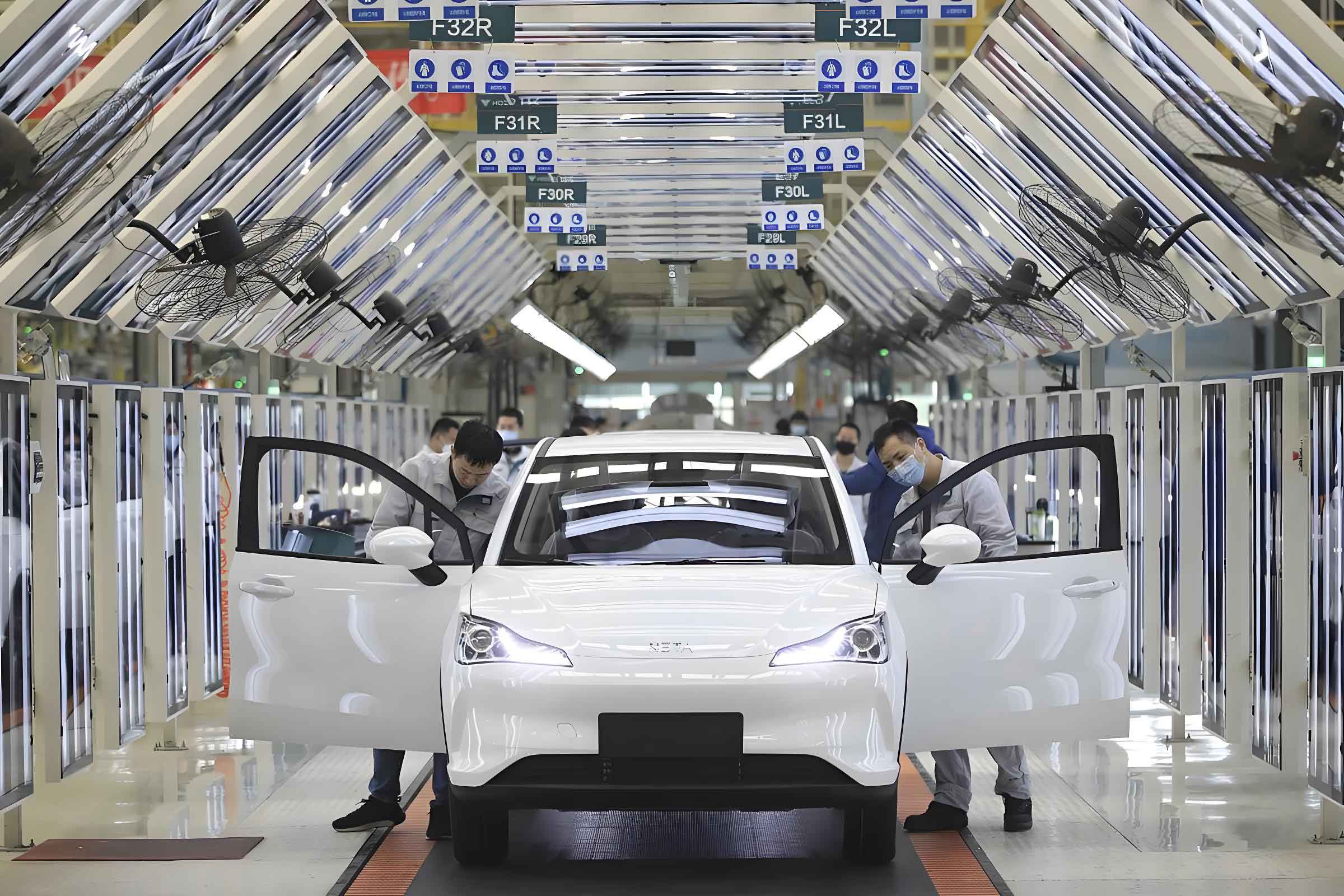In a significant move to ensure the sustainable growth of the electric vehicle sector, China’s State Council has underscored the urgency of standardizing market competition practices. During an executive meeting held on July 16, policymakers emphasized the need to address irrational competitive behaviors and foster a healthy, innovation-driven ecosystem for electric vehicle development.

Recent data released by the China Association of Automobile Manufacturers (CAAM) reveals that in the first half of 2025, electric vehicle production and sales in China reached 6.968 million and 6.937 million units, respectively—year-on-year increases of 41.4% and 40.3%. Electric vehicles now account for 44.3% of all new car sales, cementing their role as a dominant force in the automotive market.
While these figures highlight robust growth, industry leaders and experts caution against complacency. Fu Bingfeng, Executive Vice President and Secretary-General of CAAM, noted that “the electric vehicle industry continues to grow rapidly and has become a mainstay of China’s auto market. However, we must not overlook emerging challenges. It is essential to comprehensively manage irrational competition and resolutely maintain a fair and orderly market environment.”
The State Council meeting outlined several key measures designed to promote high-quality development. These include enhancing cost investigations and price monitoring, strengthening consistency inspections in production, and ensuring that major automakers honor their commitments to payment terms for suppliers.
Wang Tie, Director of the China Automotive Strategy and Policy Research Center, highlighted the importance of these steps. “Cost surveys and price monitoring are necessary tools to expose unreasonable pricing practices and detect abnormal price fluctuations,” he explained. “Meanwhile, reinforcing production consistency checks can prevent companies from cutting corners in product configuration, safety, and environmental performance. This is crucial for safeguarding product quality and protecting consumers’ rights.”
Another critical focus is on enforcing a payment period of no more than 60 days for suppliers—a pledge made by leading electric vehicle manufacturers. Wang emphasized that this measure is vital for stabilizing the cash flow of small and medium-sized enterprises and improving the overall industry ecology. “We need to guide the sector toward establishing long-term, mutually trusting relationships between automakers and parts suppliers, shifting from a zero-sum game to a symbiotic and win-win partnership,” he added.
The meeting also called for establishing a long-term mechanism to regulate competition, bolstering industry self-discipline, and leveraging standards to lead industrial upgrading. Enterprises are encouraged to enhance their competitiveness through technological innovation and quality improvement.
Fu Bingfeng echoed this sentiment, stating that “true competitive advantage ultimately depends on value creation. Electric vehicle manufacturers must focus on technological innovation, product quality, user experience, and brand culture.” He further announced that CAAM will improve its long-term working mechanisms to gather positive momentum within the industry and foster a healthy, harmonious, and transparent ecosystem.
Industry experts agree that China’s electric vehicle sector has achieved remarkable results, but these achievements must be protected and built upon. “The electric vehicle industry should not only aim to be the champion in quantity, but also a benchmark in quality,” Fu remarked. “Only by transitioning from price competition to value-driven growth can Chinese automakers truly secure the future.”
As the electric vehicle industry continues to expand globally, China’s efforts to regulate competition and promote sustainable practices are being closely watched. The balance between rapid market expansion and quality control remains a central challenge. With strong policy guidance and industry cooperation, the electric vehicle sector is poised to enter a new phase of development—one that prioritizes innovation, reliability, and long-term stability.
The electric vehicle revolution is well underway, and how markets manage growth and competition will determine their trajectory for decades to come. China’s latest policy interventions reflect a clear understanding of these dynamics and a commitment to leading the electric vehicle industry toward a more sustainable and equitable future.